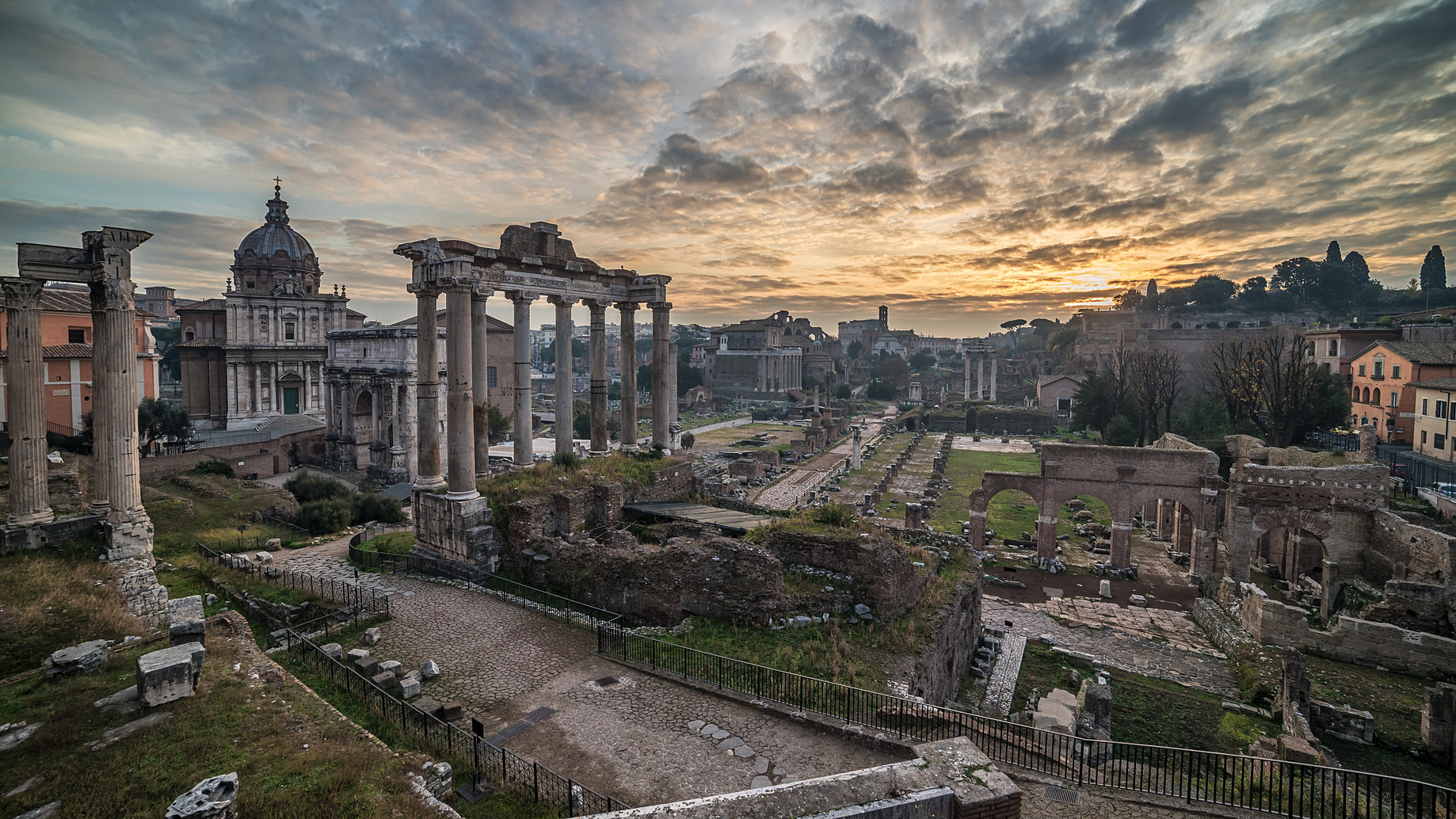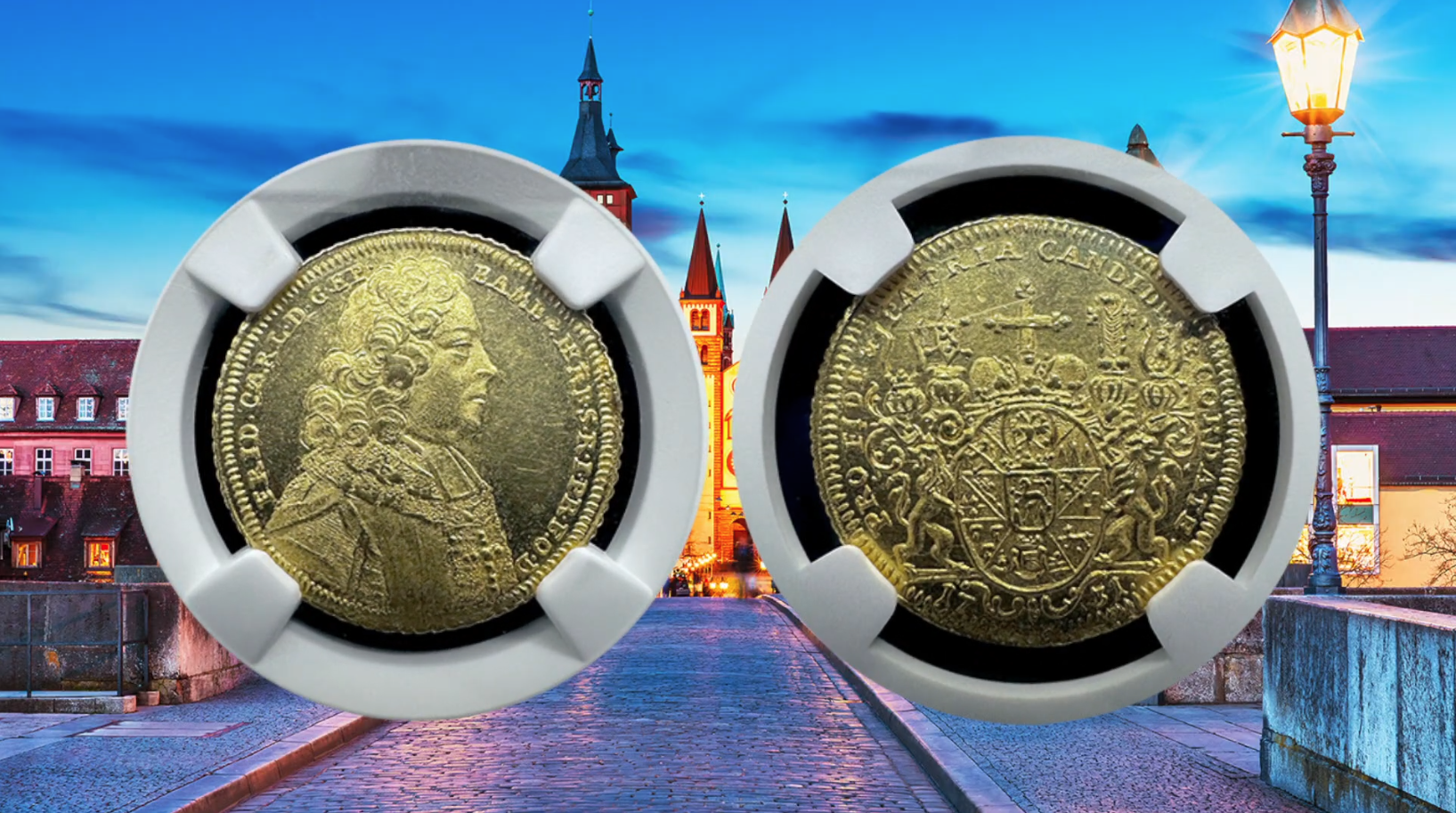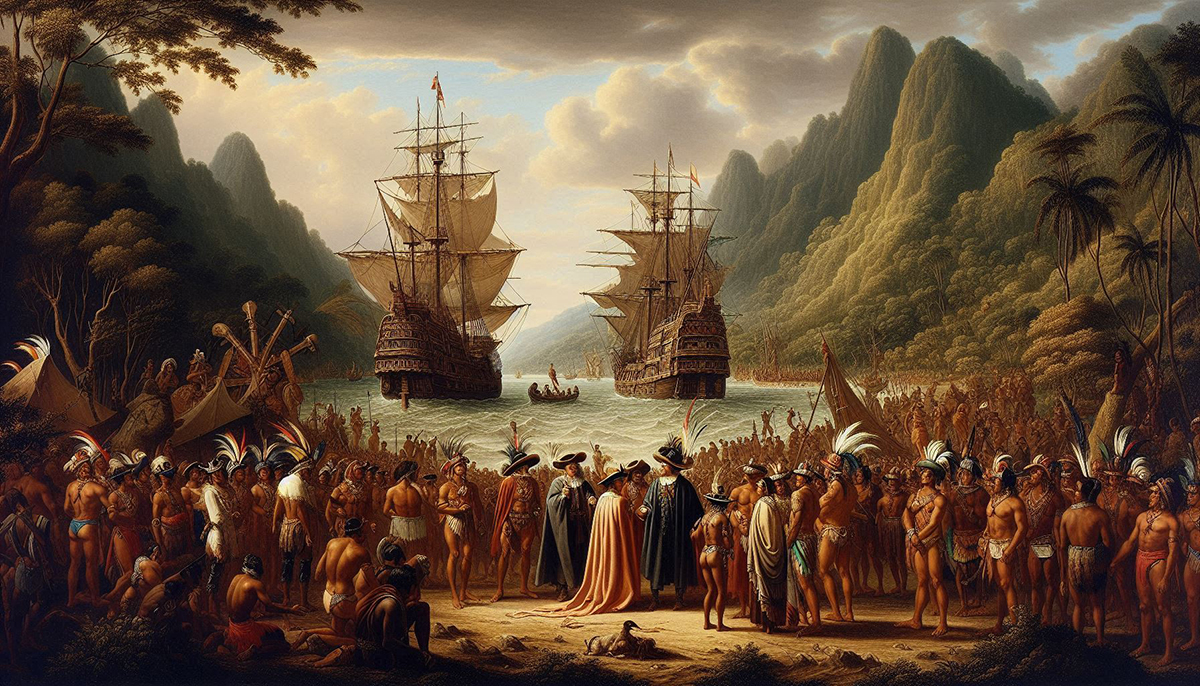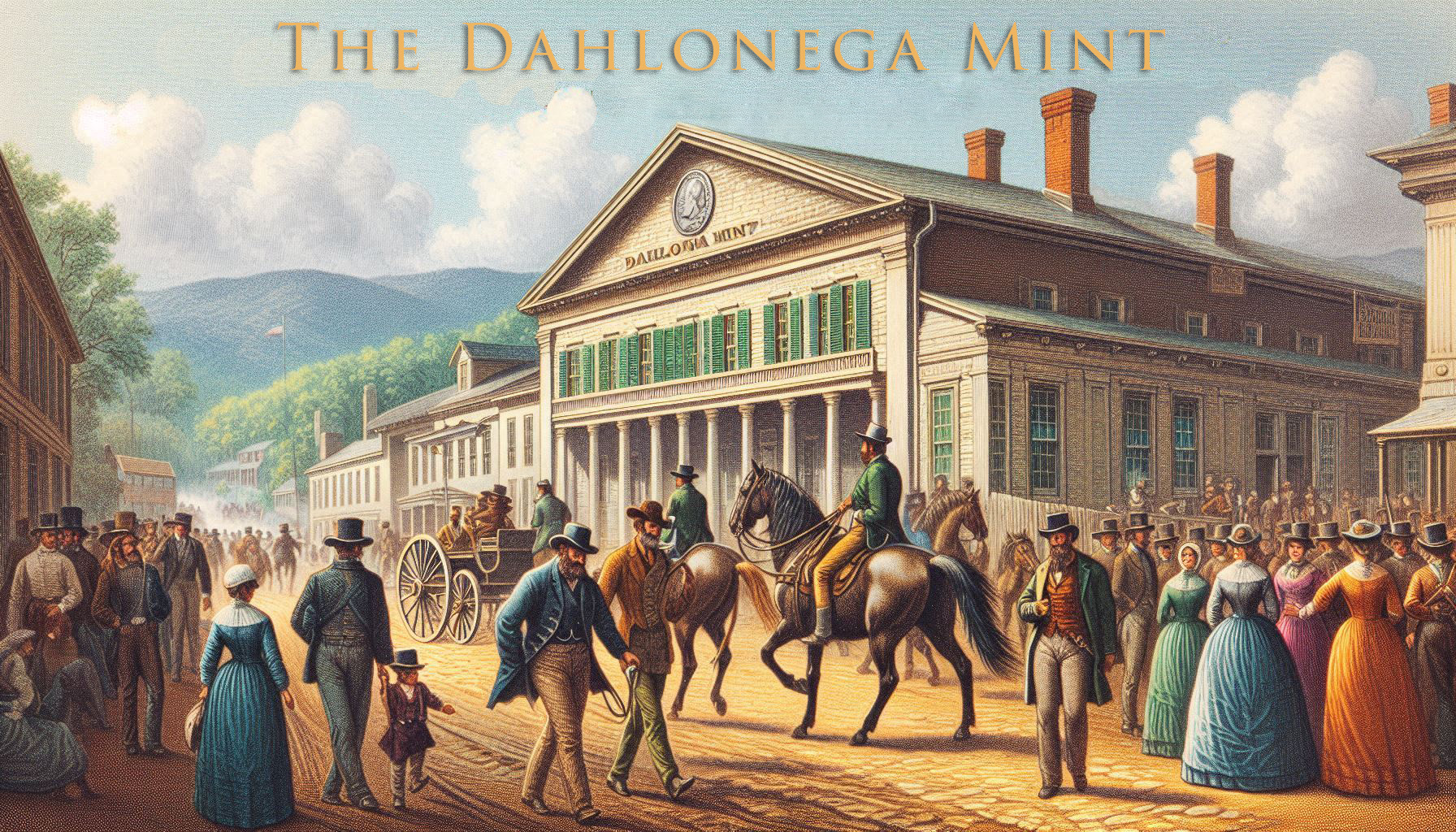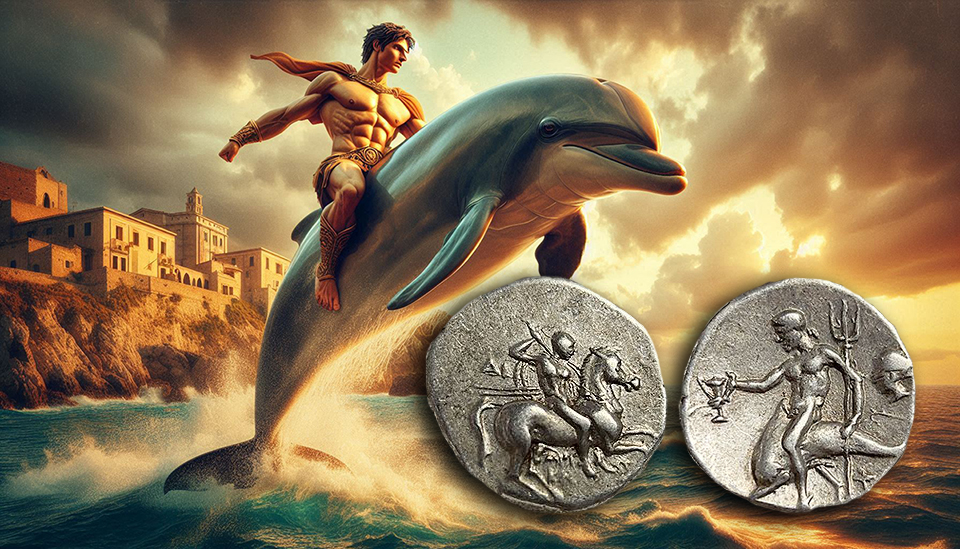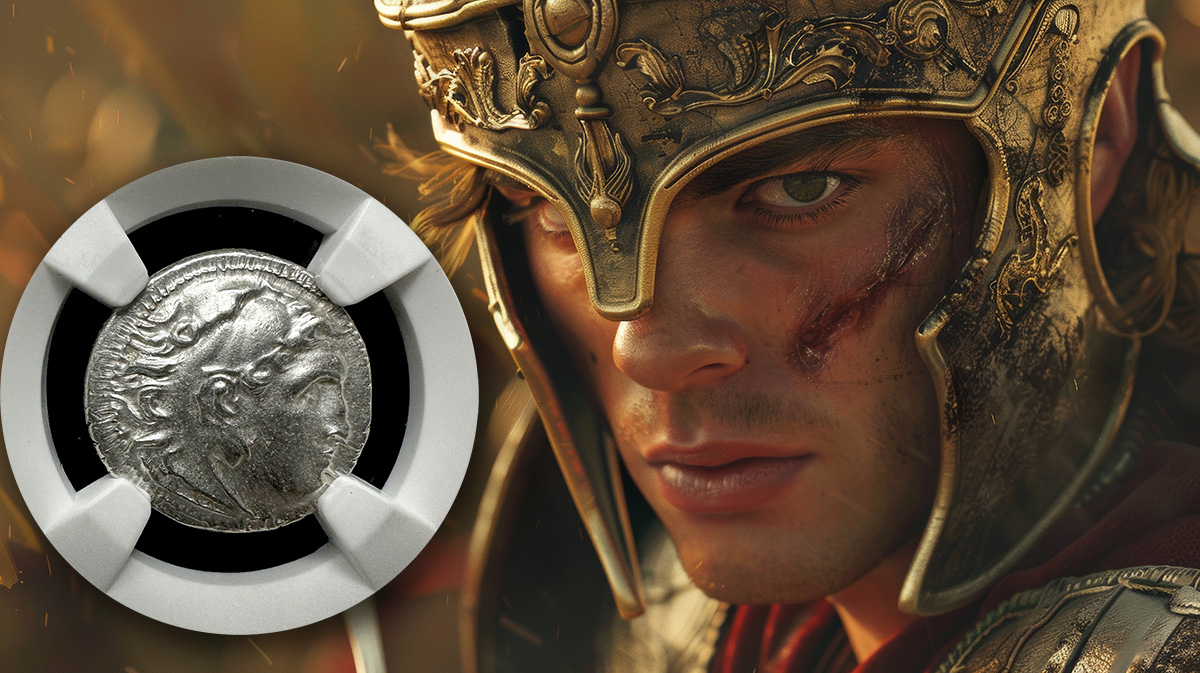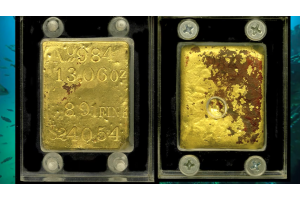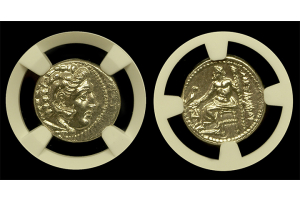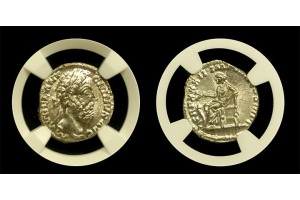Austin Rare Coins Blog
- Posted: September 08, 2025Read more »
Introduction - Evolution of Glory
Rome transformed the ancient world with its military, law, and culture. Yet one of its most enduring legacies came through its emperors. Their leadership created centuries of expansion, prosperity, and cultural influence unmatched in history as the Western Roman Empire evolved into its glory.
Moreover, Rome projected its power through enduring symbols. Monuments, literature, and government structures carried imperial messages, but none traveled farther than its coinage. Coins carried the likeness of emperors into every corner of the empire.
However, this story does not begin with Rome’s Republic. It begins with the men who destroyed it. The rise of Julius Caesar and his heir Augustus ended centuries of republican rule. Their ambition gave birth to a new system—the empire—that
- Posted: August 14, 2025Read more »
A Historical Journey
The evolution of German coinage reflects centuries of political change, economic necessity, and cultural transformation. Each coin tells a story of rulers, wars, and shifting borders. By studying them, we can trace how Germany itself evolved. This journey reveals much about the forces that shaped Europe.
Medieval Roots of German Coinage
The story of German coinage begins long before the eighteenth century. Medieval Germany, bound within the Holy Roman Empire, maintained countless mints. Princes, bishops, and free cities all struck their own coins. The result was a complex web of currencies
- Posted: July 09, 2025Read more »
The rise of Athens began as a modest city-state. However, it quickly rose to power through trade, innovation, and strategic alliances. Located in Attica, Athens benefited from its nearby port, Piraeus, which allowed steady contact with other Mediterranean cities.
Eventually, Athens became a dominant force in Greek politics and culture. With growing wealth, Athenians invested heavily in art, architecture, and philosophy. The city’s democratic reforms, led by figures like Solon and Cleisthenes, allowed wider citizen participation.
As military strength grew alongside civic pride, so did Athens's influence across the Greek world. Consequently, these developments laid the groundwork for the city's iconic imagery.
Why the Owl? A Symbol of Wisdom and Power
- Posted: June 20, 2025Read more »
The Arrival of Spain in the New World
In 1492, Christopher Columbus landed in the Caribbean under the Spanish crown. His voyage marked the beginning of European colonization. Spain, eager to expand its empire, quickly followed with more expeditions. Soon after, explorers like Hernán Cortés and Francisco Pizarro arrived, driven by gold, glory, and God.
The Spanish crown financed these expeditions to secure land, convert indigenous people, and extract valuable resources. As more ships arrived, native societies faced profound disruption. The Spanish brought firearms, steel, horses, and diseases—tools that gave them a terrifying advantage.
Although indigenous civilizations like the Aztecs and Incas showed strength, Spain eventually dominated them. Disease decimated millions, and Spanish military tactics overwhelmed
- Posted: May 30, 2025Read more »
The Man Behind the Legend
Who Was Marcus Brutus? Marcus Junius Brutus remains one of Rome’s most debated figures. Although remembered mainly for his role in Julius Caesar’s assassination, Brutus was much more. His life took place during one of Rome’s most unstable eras. Therefore, understanding his actions requires looking at his background, ideals, and the choices he made.
Early Life and Background
Brutus was born in 85 BC into a noble Roman family. His mother, Servilia, was politically influential and possibly Caesar’s former lover. As a result, Brutus grew up connected to powerful leaders.
However, he did not rush into politics. Instead, he focused on philosophy and admired thinkers like Cicero. Brutus believed
- Posted: April 25, 2025Read more »
Peru in the 1700s: A Colonial Powerhouse Forged in Gold and Glory
In the 18th century, Peru stood as the beating heart of the Spanish Empire in the Americas. While other colonies produced sugar or silver, Peru offered more—wealth, culture, and strategy. At the center of this powerful colony was Lima, a city whose influence stretched across oceans.
Through military might, cultural brilliance, and gold-backed dominance, Peru became essential to Spain’s survival and supremacy. This is the story of how it happened.
Lima: The
- Posted: April 10, 2025Read more »
Conquering Minds
Alexander the Great didn’t just conquer territories. He conquered minds. Furthermore, he used gold to do it.
His armies stretched from Greece to the edge of India. But his influence traveled even farther, thanks to his coins.
These weren’t just currency—they were propaganda. Indeed, they spread his image, ideals, and imperial message everywhere they circulated. They became Alexander the Great's Legacy in Gold!
The Power of a Portrait
- Posted: April 01, 2025Read more »
The Rich History of The Dahlonega Mint and Its Remarkable Coinage
The Dahlonega Mint played a crucial role in early American coinage. Established in 1838, it provided a way to turn Georgia’s gold into U.S. currency. During the 1840s, this mint struck some of the most sought-after gold coins in history. Today, these coins serve as a reminder of a fascinating era in American history.
The Discovery of Gold in Georgia
Gold was first discovered in Georgia in 1828. This event sparked America’s first major gold rush, a full two decades before California’s. Miners
- Posted: March 28, 2025Read more »
The Rich History of Ancient Calabria and Its Remarkable Coinage
Ancient Calabria, located in the southernmost part of Italy, played a crucial role in Mediterranean history. This region, known for its Greek influence, thrived as a cultural and economic center. Traders, settlers, and warriors passed through Calabria, shaping its identity over centuries. Consequently, its significance grew over time.
The Significance of Ancient Calabria
Calabria served as a gateway between Greece and Italy. Greek settlers established colonies here, bringing their language, art, and traditions. The city of Taras (modern-day Taranto) became one of the most powerful Greek settlements in the region. Moreover, Taras controlled vital trade routes, linking the western Mediterranean with the eastern world.
Greek Influence on Calabria
The Greeks introduced advanced architecture, philosophy, and political systems. As a result, their influence transformed Calabria
- Posted: March 07, 2025Read more »
A Rising Star in the Macedonian Empire
Lysimachus: Warrior Turned King was born around 360 BC in Thessaly, a region known for its fierce warriors. He came from a noble family and was trained in the art of war from a young age. With discipline and skill, he quickly gained recognition in the Macedonian military ranks. As a young man, he caught the attention of King Philip II of Macedon, who saw potential in his strength and leadership.
When Philip was assassinated in 336 BC, his son, Alexander III—later known as Alexander the Great—took the throne. Already an established warrior, Lysimachus became one of Alexander’s trusted bodyguards. This elite group, known as the Somatophylakes, protected the king in battle and served as his closest advisors. This position not only gave Lysimachus direct access to Alexander but also allowed him to witness some of the greatest




